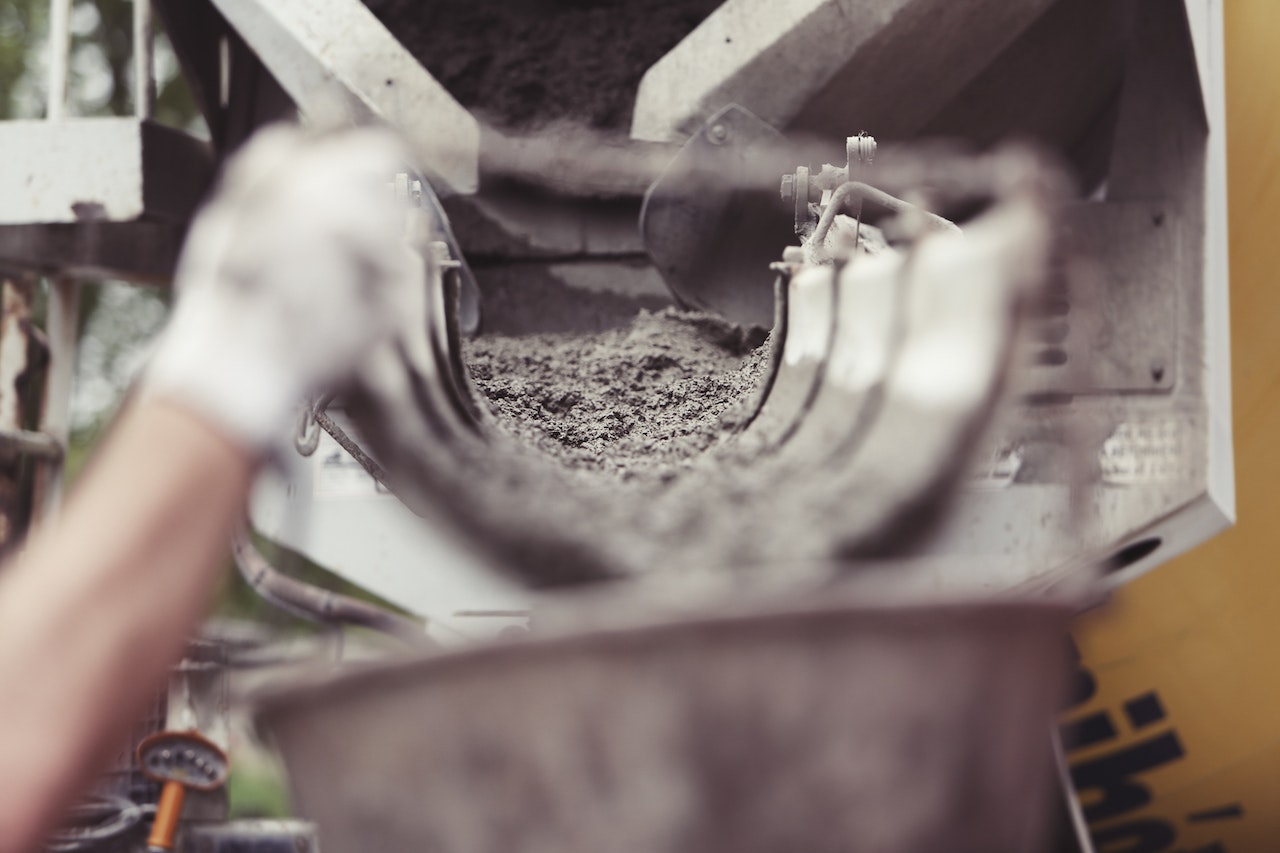Doing home improvement projects yourself can be rewarding, fun, and more forgiving on your wallet. However, you can only reap these benefits if you know how to do it right. You won’t get a good finish without the right skills and equipment.
Set yourself up for success by hiring a good concrete company near me. Once you have quality concrete, you’ll be good to go! Learn how to pour concrete below.
What Is Concrete?
Concrete is a mixture of cement, gravel, sand, and water. The proportions will determine the strength and quality of the concrete.
Although tricky to manipulate, concrete is useful for construction work. Some concrete uses include foundations, patios, and high-rise buildings. Further, it offers high quality at a low cost.
How to Pour Concrete
Pouring concrete requires the right tools, equipment, and knowledge. Here is a detailed step-by-step process on how to pour concrete.
1. Take Safety Precautions
Precautionary measures are vital for any construction work. First, check if the site is legal, safe, and conducive to concrete. You also want to contact your local building department for permits.
If you need to dig the land, reach out to your local “call before you dig” hotline. You also need appropriate work clothes, like gloves and safety glasses.
2. Prepare the Area
Messing up the concrete can result in a permanent eyesore, so remove any litter that can ruin the finished material. Mark and measure the area where you plan to work on.
Then, clear the space of any object that can obstruct the pouring process. Stones, twigs, and sticks can cause air pockets in the concrete. To check if the surface is flat, use a level.
3. Ready Your Sub-base
To prevent cracking on the concrete, compact the subgrade with a hand tamper. After this, prepare your subbase, which improves the concrete’s constructability.
To prepare your layer, lay a thick sub-base using the selected material. Next, use a plate compactor or hand tamper to compact its surface. For more effective results, choose the former to flatten the surface.
4. Build a Form
Concrete is a messy medium, so build a form to hold it in place. Most concrete projects have a wooden perimeter built around the site.
Apart from holding the concrete in place, it creates a better finish. When building form, use a level to ensure every section is even. For rectangular or square forms, the corners must form 90° angles.
In addition, they must hold a slight slope. When forms are even, water can pool in the middle of the concrete. To avoid this problem, create a 1-inch slope for every 10 feet bar.
5. Add Mesh or Rebar
To prevent your form can breaking or moving, add rebar or wire mesh inside. This secures the form and gives it more structural integrity.
Apart from giving extra support, the materials prevent tiny cracks from growing and spreading. This also stabilizes the axes.
6. Mix the Concrete
Miking concrete is similar to making batter.
You need to add water little by little to prevent the mixture from getting soupy. Use your shovel to blend the cement and water. Aim for a thick but easy-to-pour consistency.
The mixture becomes soupy if you put in an excessive amount of water. As a result, drying the mixture becomes difficult and results in weak spots that can make your concrete prone to cracking.
To get the ideal thickness, follow the recommended cement mix ratio. This is one part of cement, two parts of sand, and four parts of aggregates. Then, add water to bind all the components together.
If you want to create a perfect mixture, use quality materials. Look for a reliable provider.
7. Pour the Concrete Mix
After making your mixture, pour concrete into the form. There are different ways to transfer the material into the form. You can use a wheelbarrow or a truck.
When using a wheelbarrow, you must tilt it to pour the contents. Ensure the concrete reaches the high point of the form. Doing so makes it easy to finish the material.
If you want to pour concrete straight into the form, use a truck.
8. Screed and Float the Top
Pouring concrete doesn’t end with spreading it over the forms. The next step is to flatten the surface using a screeding tool.
Start at the uphill point going across the form. Jiggle the plank back and forth until the surface evens out. This procedure is effective in smoothing out flaws and removing air pockets.
To further compact the material, start floating the surface. Glide the floating device back and forth to weigh down the stones and raise the cream to the surface. When doing this procedure, be quick as the concrete sets fast.
9. Groove the Concrete
Grooving allows the concrete to expand and contract when the temperature changes. This can also prevent accidents during wet seasons.
Groove the material every 4 to 6 feet width. Use a plank to create periodic joints, then cut them. The size should be about a quarter of the concrete’s thickness.
10. Cure and Seal
Curing and sealing concrete is the last step before wrapping up your project. Curing refers to the process of keeping satisfactory temperature and moisture conditions. Give the concrete 28 days to cure. The first day is the most critical.
After the curing period, seal the area to protect its longevity. Further, the product prevents cracks and discoloration. If you want more effective protection, this concrete company near me offers a concrete coating system with the perfect solution.
It uses a stronger epoxy, reduces cure time, and offers an anti-slip feature.
Concrete Company Near Me: A Guide on Pouring Concrete
Now you know how to pour concrete and give your project the proper foundations. Pouring concrete may seem like a straightforward task, but there are plenty of things that can go wrong. A quick search for the best “concrete company near me” will help you find quality concrete.
Are you looking for more ideas for your home improvement projects? Check out our other blog posts to discover more.




